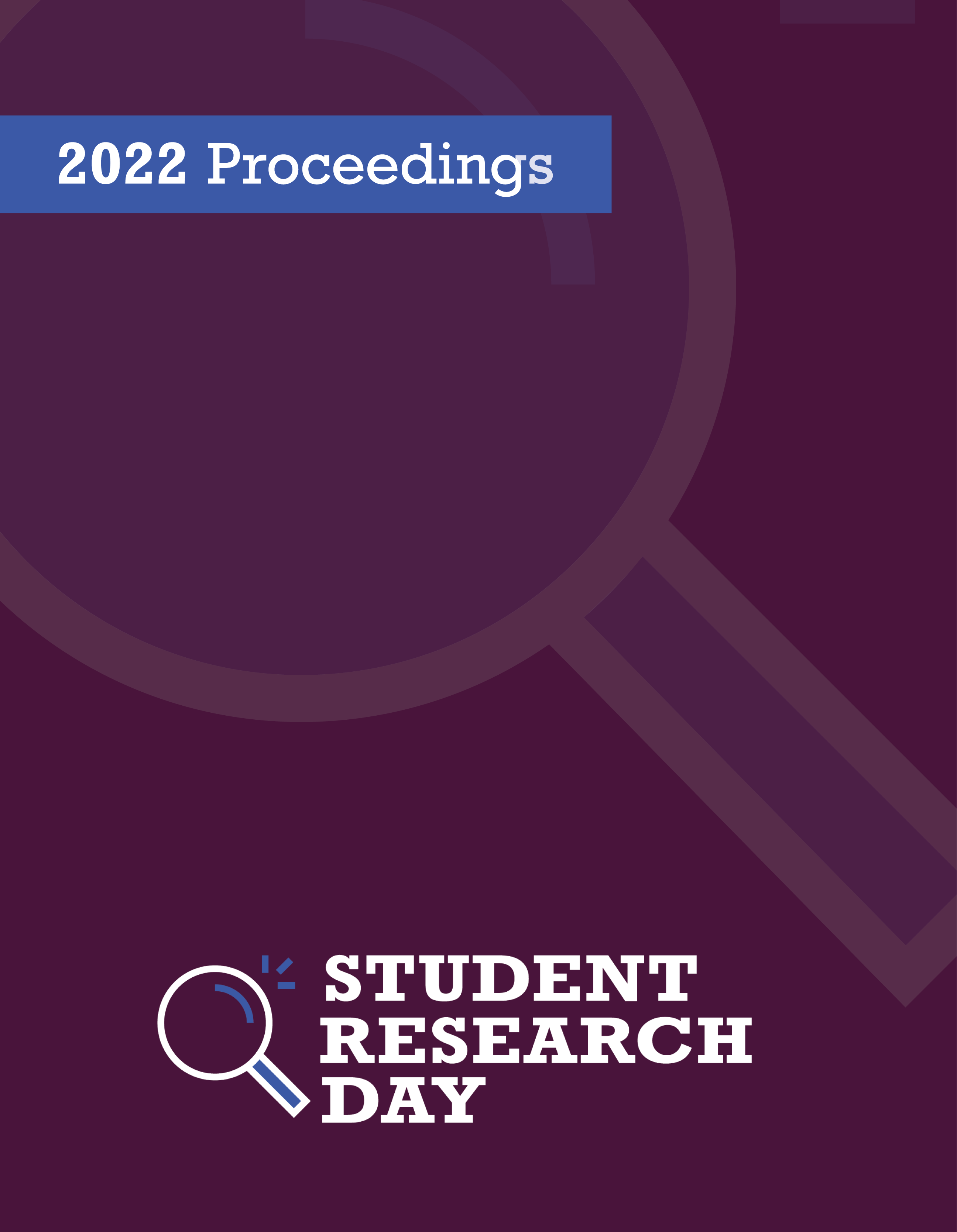Traumayana: Nachtraglichkeit and Interaction of Traumas Across Time and Scale in Minekura Kazuya's Saiyuki and Saiyuki:Reload
Abstract
While pioneers of trauma studies such as Cathy Caruth and Shosana Felman have focused on cultural trauma’s permutations and representations in literature, psychologists and psychiatrists have broadened the knowledge of the causes, manifestations, and treatments of trauma in the individual. Recent scholarship around trauma has also reached back to Freud’s theory of Nachträglichkeit – generally translated as “afterwardsness” – which loosely means a breakdown of temporality in the face of new information or experience to allow a re-inscription of previous experience or trauma. As such, Nachträglichkeit provides a possible bridge between personal, specific instances of trauma and those created at a larger or cultural level. Japanese author Minekura Kazuya’s Saiyuki manga series is a loose retelling of the ancient Chinese legend of The Journey to the West, in which the protagonists’ personal traumatic histories intersect with a present cultural calamity. This situation simultaneously insists upon and refuses re-inscription of those previous traumas. Moreover, the present situation reaches back to trouble their perceptions of previous traumas, without allowing them to become re-inscribed with new understanding. I will employ the works of trauma theorists to show how the present-continuous nature of the overarching calamity in Saiyuki refuses present ability to assimilate traumatic experience in protagonist Sha Gojyo.
Department: English
Faculty Mentors: Dr. Dave Buchanan and Dr. Svitlana Krys
Published
Issue
Section
License
Authors retain any and all existing copyright to works contributed to these proceedings.



